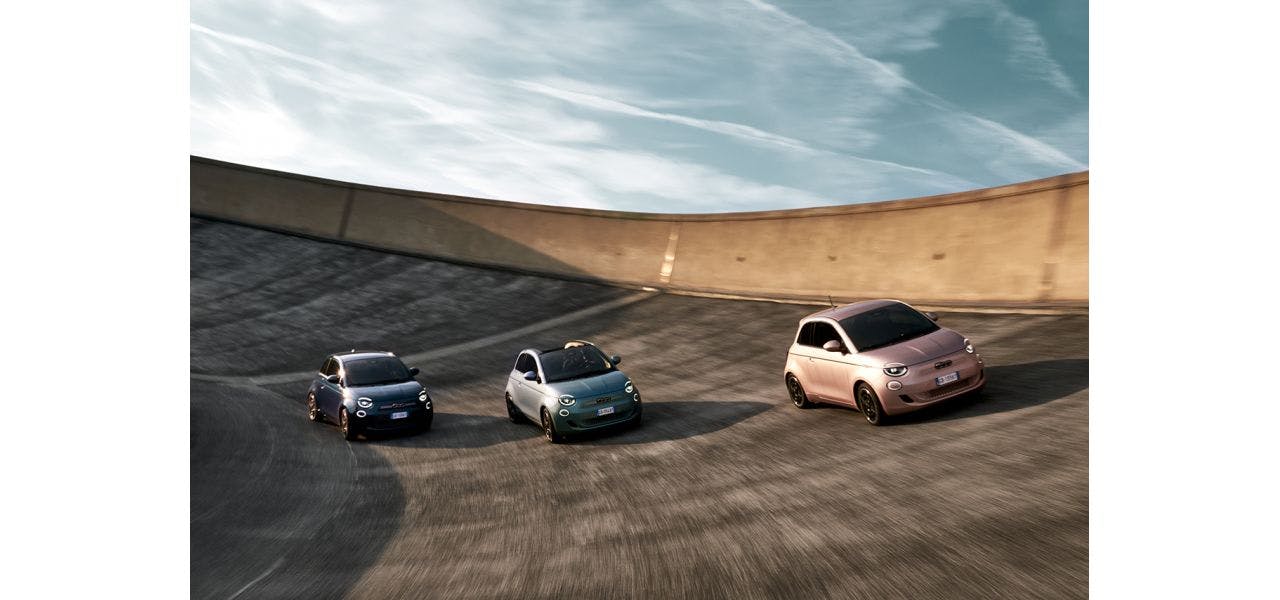Stellantis has announced the leadership of its hydrogen fuel cell team has been strengthened with new appointments. Jean-Michel Billig, formerly of Naval Group, joins the company as its chief technology officer for hydrogen fuel cell development. Uwe Hochgeschurtz, CEO of the Opel brand, takes on additional responsibilities with piloting the commercialization of hydrogen fuel cell vehicles on a global scale.
“Jean-Michel’s broad spectrum of experiences in aircraft, aerospace, automotive, and naval industries will contribute to bringing additional ideas to boost Stellantis’ ambition in hydrogen fuel cell sales and address the widest range of zero-emission mobility requirements,” said Carlos Tavares, CEO of Stellantis. “Having Jean-Michel and Uwe in these complementary roles illustrates our commitment to enhancing our leadership in hydrogen fuel cell technology and reaching the ambitious sustainability goals of our Dare Forward 2030 strategic plan.”
Billig was formerly in the aerospace industry working first in Aerospatiale’s helicopter division in 1988. He eventually moved to the marketing director role in 1995 at Aerospatiale specifically for the Americas. Three years after that Billig moved to Airbus where he served in avionics equipment purchasing and systems engineering before becoming chief technology officer at Eurocopter. He transitioned to the automotive industry in 2012 as an executive vice president of Engineering and Quality at Renault Group. In 2015 Billig returned to the aerospace industry as CEO of Zodiac Seats, a division of Zodiac Aerospace. His latest role was as an executive vice president of the Australian Future Submarine Program at Naval Group. Billig’s appointment with Stellantis is the second time he’ll be working in the automotive industry.
Hochgeschurtz has been CEO of Opel since 2021. This new role will see him lead a team dedicated to the development of hydrogen fuel cell vehicles, specifically for the commercial sector in Europe. Stellantis has already started delivering its first hydrogen fuel cell vehicles late last year and it plans to expand its availability in markets with strict emissions regulations. They’ll complement battery-electric vans and be sold alongside them in certain markets. Most of these vehicles will be medium-sized commercial vans since their main market will be Europe. One of the first brands to get fuel-cell powertrains is Fiat Professional.
Although Stellantis aims to become fully electric by the end of the decade, it hasn’t put all of its eggs in the battery-electric vehicle basket. In addition to BEVs and FCVs, it will continue to sell plug-in hybrids alongside them. Brands like Dodge and Alfa Romeo are getting their first PHEVs this year and they’ll serve as a bridge toward full electrification. Some brands like Ram and Jeep will offer both BEVs and PHEVs for some time as well. Maserati, on the other hand, decided to not offer plug-in hybrids and go straight to full electrification with the introduction of the GranTurismo and Grecale Folgore.
Stellantis’ strategy appears to be more pragmatic than some of its competitors but it’s not overly conservative either. It’s developing four BEV-specific platforms and has partnered with multiple battery manufacturers to meet its future production requirements. The company has also announced plans to invest in manufacturing sites across all regions so that they can build BEVs locally and stay close to their suppliers to keep costs down and reduce emissions during the building process.

